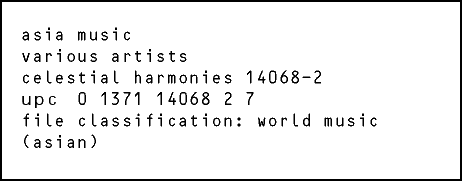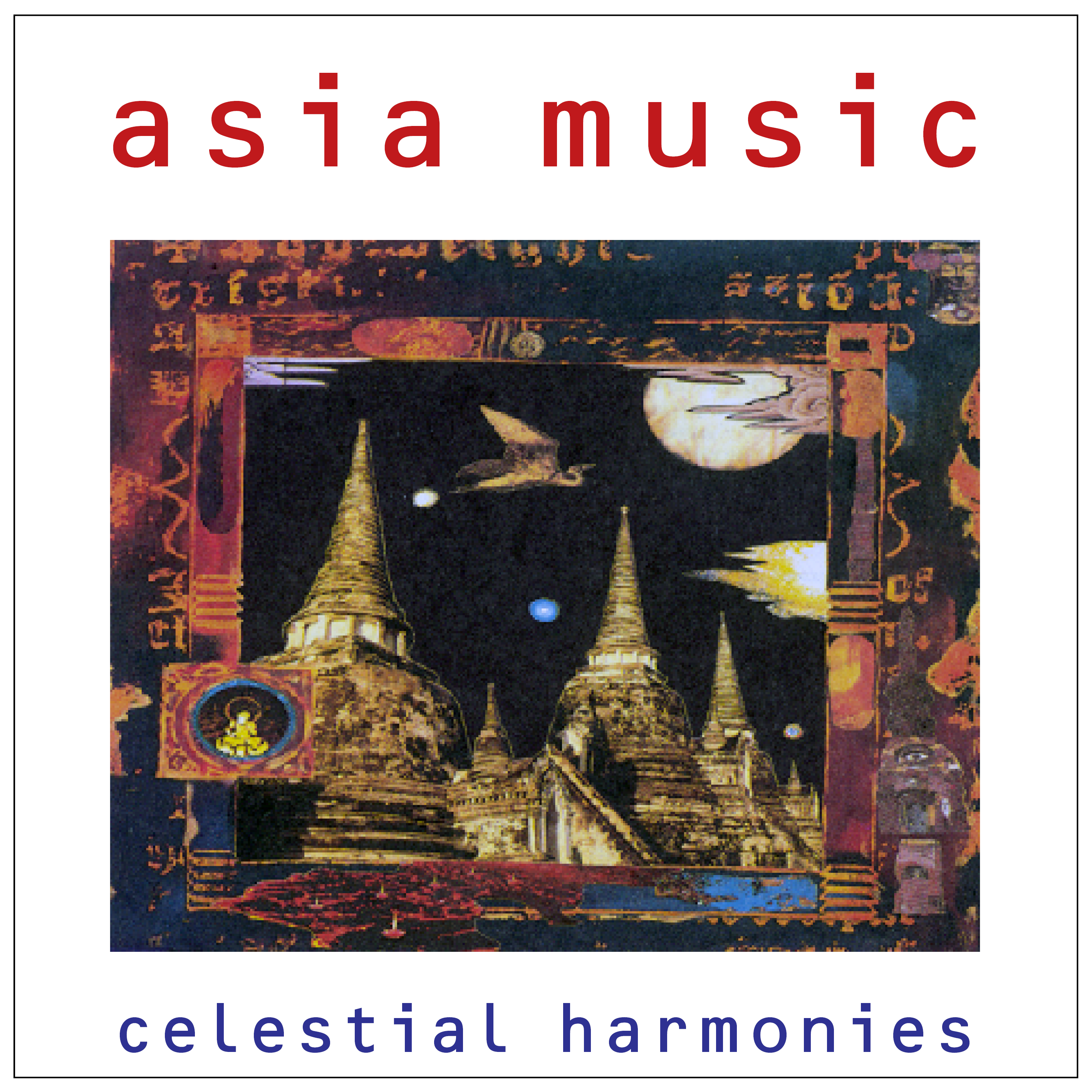 |
||||||||||||||||||||||||||||||||||||||||||||||||||||||||||||||||||||||||||||||||||||||||||||||||||||||||||||||||||||||||||||||||||||||||||||||||||||||||||||||||||||
 
Auf den Spuren Marco Polos entlang der Seidenstrasse und darüber hinaus. Musik, die in keinem Flughafen gespielt wird. Tibetische Mantren, japanische Harfe, chinesische Flöten und Geigen, indischer Raga, vietnamesische Bambusgongs. Asien ist unermesslich. the projectSome of the world's greatest artistic and musical
treasures followed the famed Silk Road, the great trade route of Central
Asia, from India through China and eventually on to Japan. Over the
centuries, this migration has left its mark on the musical traditions
of about half of the world's population; yet despite the recent interest
in world music, much of the music of the Far East is still unfamiliar
to Western listeners.
Asia Music is an unusual primer of Eastern works. The traditions of India, Tibet, China, and Japan are presented side by side with contemporary works that draw on their traditions. Many of the works, both old and new, are surprisingly accessible to Westerners, especially when an ancient piece from an unfamiliar Chinese instrument is heard next to an American piece for the same instrument; or a contemporary Chinese piece for familiar orchestral instruments. The range of music on Asia Music is extraordinary, both historically and sonically. Some pieces are over a thousand years old; others were written within the last decade. Instruments whose techniques and repertoires have developed over centuries are heard, such as the Indian sitar, the Chinese cheng, and the Japanese koto. But modern instruments and technology have also become important features of contemporary Asian music and these recordings include works that combine traditional Oriental sounds with electronic instruments and processing. For the casual listener, Asia Music, is the perfect introduction to some of the richest musical traditions in the world. For the aficionado of music, these recordings will provide the opportunity to hear a thought–provoking blend of the new and old, from musicians representing all of the major Eastern traditions. the artistsThe range of music presented here is mirrored in the diversity of its musicians. Some of the most acclaimed Chinese classical or traditional musicians are included, but so are a number of musicians that have made reputations for themselves in the West, including flutist, Paul Horn, and synthesizer and drum master, Stomu Yamashta, the Monks of the Dip Tse Chok Ling Monastery share the stage with Krishna Chakravarty, a rare female sitar virtuoso. Other artists include New Zealand's David Parsons, who uses electronic and sampling technology to weave the sounds of India and Tibet into his own music. The Shanghai Film Orchestra is also part of the colorful lineup of performers on these extended–length recordings. tracklist
|
||||||||||||||||||||||||||||||||||||||||||||||||||||||||||||||||||||||||||||||||||||||||||||||||||||||||||||||||||||||||||||||||||||||||||||||||||||||||||||||||||||
|
|
||||||||||||||||||||||||||||||||||||||||||||||||||||||||||||||||||||||||||||||||||||||||||||||||||||||||||||||||||||||||||||||||||||||||||||||||||||||||||||||||||||
 |


